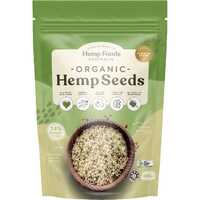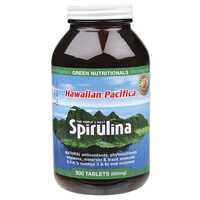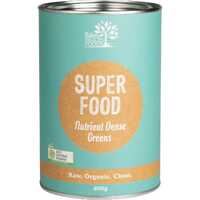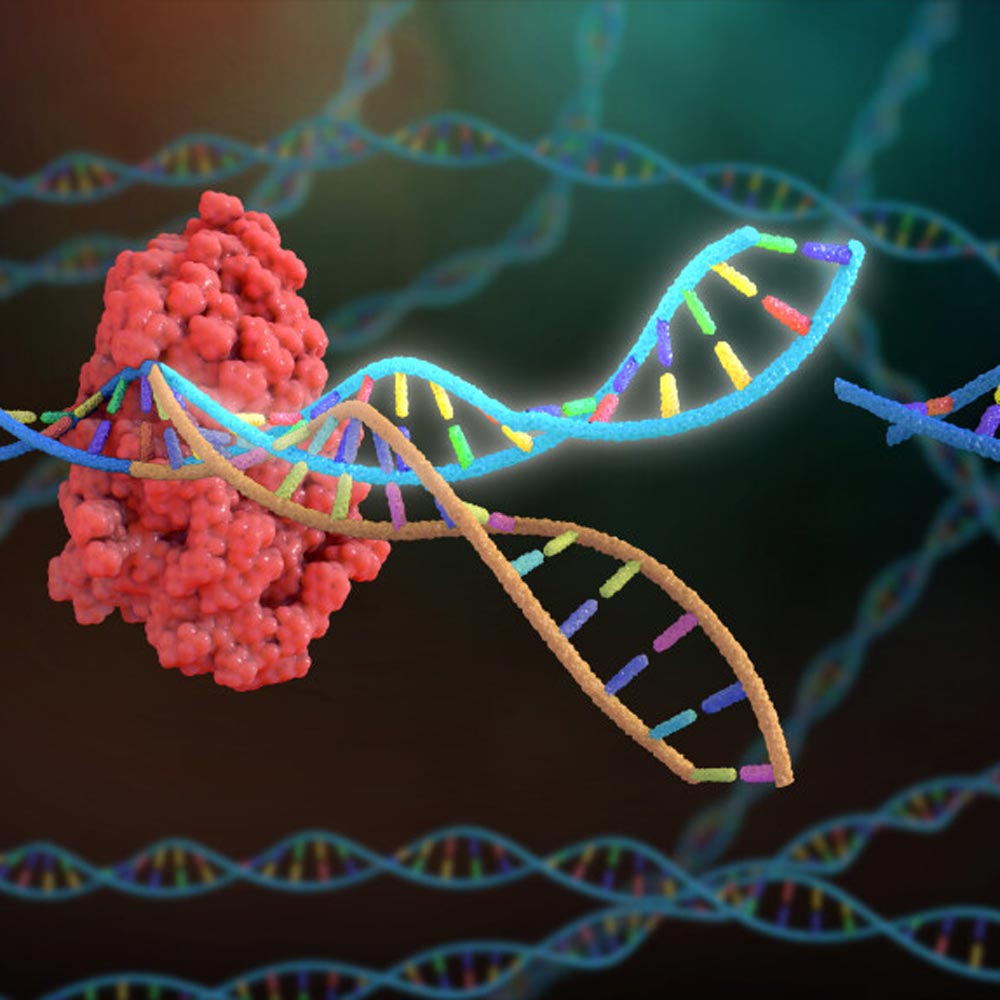Junk DNA is a complex phenomenon that helps to define human physiology and the nature of life itself. Also known as non-coding DNA, it represents roughly 98.5% of all deoxyribonucleic acid in the human genome. If protein-coding DNA are the "words" that define our genetic makeup, then non-coding structures are the scrambled letters we don't understand. Much more than gibberish, however, junk DNA is integral to cell function and gene activity. As we learn more about the human body, it seems non-coding DNA is not really "junk" at all.
Let's take a detailed look at non-coding DNA and how to influence its expression through food and lifestyle factors.
What is DNA?
DNA is hereditary biological material involved with the coding of all known organisms and many viruses. It is a molecule composed in a double helix shape and located inside the cell nucleus. With a few exceptions, DNA lies at the heart of every single cell in your body. DNA carries the genetic instructions you need to function as a human being, including all aspects of development, growth, and reproduction.
DNA works with a simple efficient code, with all instructions made from just four chemical bases: adenine (A), guanine (G), cytosine (C), and thymine (T). These bases join in various combinations, with roughly 3 billion sequences found in human beings. Much like an alphabet, the letters form different words that are used to relay different instructions around your body.
Our genetic script is incredibly complex but also surprisingly simple, with long combinations of DNA letters informing the construction of useful proteins. This process is not straightforward, as DNA needs to get transcribed into RNA first, before being chopped and reassembled into smaller pieces. While this process may seem convoluted, it serves a very particular purpose. Genes are useless until they're expressed, with double-stranded DNA split into single-stranded messenger RNA before being translated into protein molecules.
During this process, coding structures are sifted and separated from non-coding segments. Known sequences create proteins, which fuel and inform a vast array of biological processes. However, while DNA is famous for its incredible code-forming behaviour, the vast majority of our DNA is non-coding in nature. Until recently, non-coding segments were thought to have no known purpose.
The Discovery of Junk DNA
The history of junk DNA is entwined with the history of DNA, which is a relatively new discovery in the world of science. First identified in the 1860s by a Swiss chemist called Johann Friedrich Miescher, the basic building blocks of DNA were isolated in 1881 by a German biochemist called Albrecht Kossel. As the work of Gregor Mendel was rediscovered in the early 1900s, the chromosome theory of inheritance started to take shape.
American biologist James Watson and English physicist Francis Crick shifted the sands in a major way in 1953, when they reached their ground-breaking conclusion that DNA was a code represented as a three-dimensional double helix. As it turns out, a single geometric algorithm connecting 20 amino acids with 64 RNA triplets is responsible for an infinite series of complex life-forming behaviours. The latest chapter of the DNA story took place at the turn of the 21st century with the Human Genome Project, which gave us the first complete read of the genetic script for human beings.
For several decades, scientists have recognised a discrepancy between the huge wealth of potential DNA sequences and the coded sequences used to describe important biological functions. While the term “junk DNA” was first used in the 1960s, it was formalised in 1972 when the late geneticist Susumu Ohno used it to describe all non-coding sections of a genome. There were simply too many repeated and scattered DNA segments to ignore, with the potential functionality of this material recognised but not yet understood.
What is The Function of Non-coding DNA?
To comprehend the potential value of non-coding DNA, it's important to understand how coding DNA functions. It's all linked with evolution, with living things needing to be stable but able to adapt when needed. At its core, gene duplication through DNA alleviates one particular constraint imposed by natural selection. The double helix shape is integral because it serves as a safety device when replication errors occur.
The process of DNA coding and protein construction allows particular gene regions to copy themselves. When one region undergoes mutation, the other side keeps its original function. Much like an Undo button on a computer, this is incredibly valuable. In the vast majority of situations, mutations are not beneficial and the copy is unable to encode a functional protein. These failed sequences are the “junk,” and just like the rest of life, they are integral to every success story.
As it turns out, many of these “junk” sections do play an important role. Some segments help to regulate how DNA is transcribed and translated into proteins, and others function as a "volume knob" for other aspects of gene expression. The amplitude and variation of "junk" segments ensure the stability and usability of the final code. And, while they may not end up in the final score, they help to conduct the masterpiece.
In addition, some non-coding DNA may simply be misunderstood genetic material. What we know about life and the universe is still way smaller than what we don't know, with non-coding sequences possibly describing complex biological processes and human diseases. A number of research papers have led to this conclusion, including one study that said non-coding segments could influence the development of breast and prostate cancer, and another that found a link between non-coding DNA mutations and autism.
Many of these functions are linked with process instead of substance. While coding DNA is the "stuff" of life, non-coding DNA helps particular sequences to take shape.
Can We Influence Our Own DNA?
Your DNA determines your appearance, natural abilities, and overall health condition. When you understand the importance of junk DNA, you can take some power back over your genetic code. While you can't make yourself taller or change your eye colour, you can have a degree of influence over how your genes express themselves over time.
Gene expression is understood through the subject of epigenetics, which is the study of quasi-heritable and reversible changes in gene function. On a cellular level, RNA helps to drive gene expression through particular chemical groups called methyls. Methyl groups are indicators that help to control gene expression, and they can be repositioned based on external factors.
A range of internal and external environmental factors are known to influence gene expression, including things like gender, temperature, light, drugs, and nutrition. Lifestyle factors can be an incredibly powerful way to influence these factors, from nutrition and exercise to sleep and meditation. Mental health also has a role to play, with stress, anxiety, and depression all likely to affect gene expression.
Altering Your DNA Expression Through Nutrition
You may have more control over your DNA than you think, with diet, exercise, and lifestyle factors determining which of your genes will be turned on and off. Some nutrients influence the expression of genes that control metabolic processes, including vitamin A, vitamin D, fatty acids, and zinc. Dietary fibres can also influence gene expression indirectly, and water-soluble fibres can mediate expression through indirect mechanisms.
As it turns out, the quality of the food you eat has a dramatic effect on multiple processes at a molecular level. Dietary and lifestyle factors can interact with genes in a negative fashion, which can influence predisposition rates for a variety of non-communicable diseases (NCDs). Many of the biggest conditions faced by humanity can be influenced by these decisions, including cardiovascular diseases (CVDs), type 2 diabetes, and cancer. Some foods can have a positive impact on gene expression, and others can have a negative impact by promoting the onset of particular diseases.
An epigenetic diet is a collection of foods capable of improving how your genes express themselves over time. To do this effectively, it needs to be rich in bioactive dietary components with specific epigenetic properties. Some foods are the building blocks for methylation in your body, and these foods can be consumed to support good health and aid cancer prevention. The study of these processes is called nutritional genomics, and it's an exciting field of emerging medical research.
Many foods have been linked with genetic and epigenetic modifications, including leafy greens, omega-3 fats, garlic, turmeric, berries, grapes, peas, beans, sunflower seeds, liver, and tea. All of these foods act as epigenetic modulators, and they can help to prevent tumour growth when combined with a healthy diet and exercise regime. Other foods and lifestyle factors can have disruptive epigenetic effects, including high levels of alcohol consumption.
Along with our code, human beings have a deep-rooted ability to adapt and improve over time. The choices we make on a daily basis influence how we function, from exercise habits to sleeping patterns and mindfulness routines. The foods we eat have a huge role to play in this process, so it's important to make smart decisions. While eating a balanced diet is the key to good health, supplements are a highly efficient way to reach our nutritional potential.


 Certified Organic
Certified Organic Vegan Friendly
Vegan Friendly  Vegetarian
Vegetarian Organic Ingredients
Organic Ingredients Dairy Free
Dairy Free Gluten Free
Gluten Free Keto Friendly
Keto Friendly































